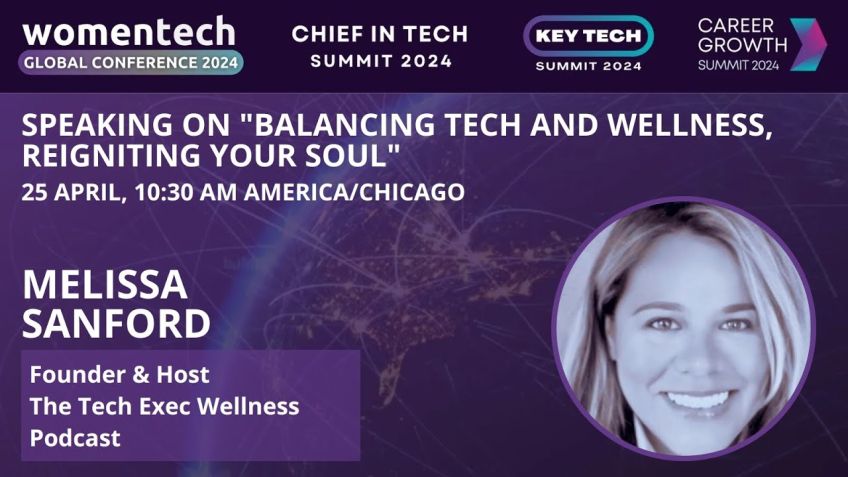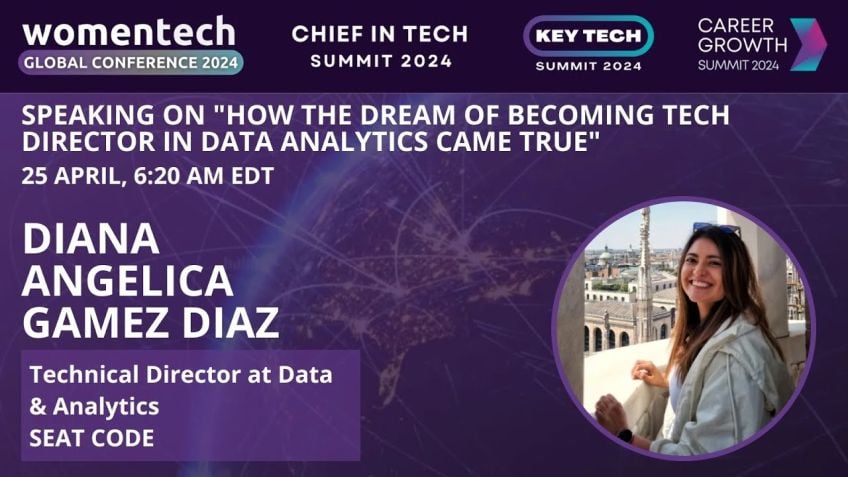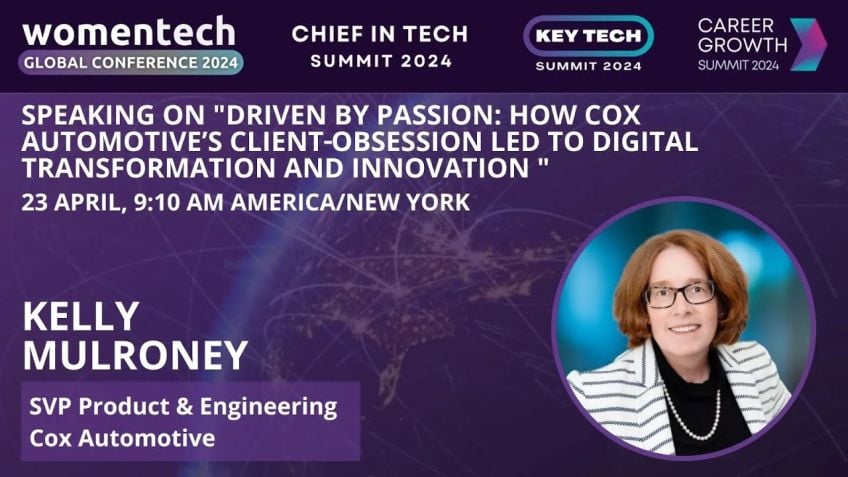AI can revolutionize the response to climate change by Charlotte Degot
How AI Can Revolutionize Climate Change Tackling
As sustainability concerns continue to rise globally, innovations and solutions have become paramount. In particular, the application of AI (Artificial Intelligence) has seen increased prioritization. AI holds the potential to revolutionize environmental conservation, potentially becoming an instrumental tool for combating climatic changes.
Understanding Climate Change
The issue of climate change is critical, as global CO2 emissions continue to trend upwards, a major contributor to global warming. Current trends show that, unless we alter our path, we risk worsening the impact of climate change.
The Role of Corporations in Climate Change
Corporations play a pivotal role in the climatic scenario. They not only contribute significantly to emissions, but also, with proper planning and changes to their operations, can substantially curb emissions. The key determinant of concerted action against climatic change lies in accurate measurement – "What gets measured gets done."
However, when it comes to climate change, this measurement is often a challenge. While most impacts of business operations are readily quantifiable, emissions are not quite as straightforward. This is largely because:
- CO2 emissions have no color, smell, or weight, making them hard to measure and monitor.
- Less than 10% of businesses comprehensively measure their emissions—making decisions and reduction strategies hard to formulate.
This issue is even more pressing because the consequences of incorrect estimations are grave. Each miscalculated tonne of emission adds to global filters, accelerating climatic changes.
Harnessing the Power of AI for Emissions Tracking
Why AI Matters
The complex task of accurately collating emission data seems to find its solution in AI. AI can help perform complex estimations, increasing the efficiency and speed of calculating carbon footprints.
What AI Can Do
To overcome the challenge of manually assembling data, AI can be employed to automate data retrieval, clean data, make inferences about emissions along the value chain, and extrapolate missing data. Here's how AI can support all stages of carbon footprint reduction:
- Measurement - AI eases the daunting task of collecting stainless data on carbon emissions, especially for corporations dealing with a colossal volume of emissions, most of which fall under the 'Scope 3' or indirect emissions category.
- Setting Targets - AI aids in simulating complex decisions that affect different aspects along the value chain. It can also develop optimized roadmaps that account not only for CO2 but also for other KPIs such as cost, waste, and water.
- Enabling Reduction - AI can help curtail emissions by enhancing daily decision-making operations. This could include logistics optimization, process control optimization, and more.
CO2 A.I. - An Effective AI Automated Emission Tracking Software
A product of diligent efforts towards assisting corporations in tackling climate change is the CO2 A.I Software. It employs AI at all steps to help corporations measure, decide, and reduce their emissions effectively.
The software details the invisible complexities of processes such as glass production, a part of which significantly contributes to overall emissions. With its ability to model and simulate all the contributing factors, AI can provide accurate measurements and help make the right operational decisions.
The Impact of CO2 A.I
The introduction of AI and in particular, CO2 A.I, has already shown promising results towards carbon reduction. It has helped to enhance the accuracy and exhaustiveness of baselining by 30 to 50%. Most importantly, it has enabled carbon reductions by 30 to 40%. Hence, AI holds a critical potential to accelerate the process of tackling climate change.
Conclusion - Call to Action
The global need to cut emissions by 50% before 2030 calls for immediate and vigorous action. Artificial Intelligence, in this aspect, provides an immediate solution to accurately measure and reduce carbon emissions. While AI itself isn't the sole solution to climate change, it certainly is a powerful tool to expedite the journey towards sustainability.
It's time for corporations, regulatory authorities, and all other stakeholders to recognize the power of AI in this crusade against climate change, and leverage its potential to the maximum. After all, in the battle against climate change - every ounce of action counts!
Video Transcription
So thank you very much for joining the session. Um I'm Charlotte Dego. I'm a managing director and partner uh at BC G. Uh I focus on sustainability and A I and I lead, I'm the founder and global leader of a solution that is called uh CO2 A. I.Um I'm gonna talk to you today about uh how A I can uh revolutionize climate change or at least that, how can, how it can help really get more uh get quicker and more efficient at answering to the climate change challenges to start with. Um and not to lose time. I just want to start with uh something that I'm not gonna um uh that is not gonna be new to any one of you, which is the current trajectory of our CO2 emission and where we should be going, the red line is where we are going and the green line should be where uh we should be heading if we want to limit the impact of climate change.
So of course, uh needless to, to say that we are not on the good path. And uh what matters to me today is to start to ex to explore with you why um and what we can do and taking especially the angle of corporations and how they can better manage their own uh uh path in life. Uh In general, there is a principle that applies. Uh that is quite true um uh across everything, which is what gets measured, gets done. I would like to just stop on this sentence because um this is where uh climate change is a real struggle and I will explain you why in a second. But it all starts from there. When you can measure something, it's of course a lot easier uh to take action on it and reduce or increase it the parallel and the image uh I like to take and we could take uh many of our ones is just uh to imagine yourself trying to save money. Um And really trying to, to to to reduce your spendings. Um uh But when you go shopping, uh you're blind, there is no price tag on any item. This is uh just about being bound to fail, right?
And this is close to what we have today when it comes to climate change, we're almost blind about our climate emissions. Um And there is, there are many reasons for it. Uh It it's not, it's really not easy to measure uh CO2 emission. It has no color, no smell, no weight uh but the consequences um we don't measure enough and therefore we don't act enough because what gets measured gets done and what does not get measure does not get done if we go in the details um of it. Uh Just to share a few figures that we have been investigating with BC G over more than 1000 com companies across the globe, there is less than 10% of companies today that are measuring their emissions comprehensively from this 10%. Obviously, uh when you, when you don't measure, it's very hard to make decisions and to identify where to act. And only 5% of those companies of companies are able to make uh and have made um reduction targets uh regarding their CO2 emissions. And of course, when you go down the funnel and you look at how many uh corporations have really been able to act and reduce in line with their ambition, their emissions, it's less than 10% then less than, than 1%. Sorry. So obviously, we are, and we understand here, we are not on the right path uh to reduce uh clim climate uh impact and CO2 emission. And it all starts uh from the measure piece.
If we can fix uh the measure piece, it will be far easier to then decide reduced track progress. Um And the question is why is it so hard to measure? And it's a data issue. In fact, uh as I was saying, there is no way uh to easily measure emissions because it's, it's, it's, it's gasses has no no real, you should put sensors everywhere if you want to have accurate emissions and it's impossible to put sensors in everywhere. But the good news is it's typically the area and the type of playgrounds where artificial intelligence can help a lot because we cannot measure easily, but we can estimate a lot more easily. Um And let me deep dive into what can artificial intelligence do uh to help support the end to end carbon journey. There are different aspects of things you can look at measure, you can look at step target enable reduction and reduce um all along the journey. Artificial intelligence can help on the measure part. Um As I was saying, it's very hard to gather data because and especially for large corporations, the data comes about carbon emissions come from everywhere and mostly on average comes from uh outside the direct company operations, what we call the scope free the indirect emissions that come typically from the suppliers uh and the products you buy from suppliers and things like that being able to automate data retrieval clean data.
Much data make inferences about emissions produced about along the value chain, extrapolate missing data or this is extremely useful when it comes to climate. Uh because again, the direct data is not available so easily setting targets. Again, here, artificial intelligence can really help helping simulate complex decisions that are impacting different things along the value chain. Because when you make a decision about climate. Even the simplest decisions like logistic ones or things like that, that will come naturally to your mind.
It has any implications and being able to measure this impact accurately is can be a nightmare. Without artificial intelligence, it can also help create optimized road map and optimize not only for CO two but also co two and cost or CO two and over KPIS waste water etcetera along the journey. Um It can also help master a lot of data to be able to track uh and report the progress in real time and help uh move to action and enable reduction a lot faster. This also goes with uh optimization techniques that are very useful when it comes to directly uh improving the day to day decision making in operations uh and enable uh direct emissions reduction. Thanks to efficiency. Uh You can think of uh uh logistics optimization, uh process control uh optimization.
Um Things like that that you can put in place in plants or like in cement or steel and that can directly impact the carbon emissions uh of big emitters with CO2 A I. Um We've created a software that helps corporations master their N 20 0 journey. What we do with CO2 is really help corporations measure accurately with artificial intelligence. And I will give you an example in the in a second but also decide, simulate any kind of decisions and understand what are the best decisions to be made across the organization to optimize the journey uh to net zero and then um reduce those emissions um within the organization.
But also engaging with the ecosystem and the in climate change, they are very important because 80 90% on average of emissions come from outside the direct emissions from the company rather from the suppliers and the suppliers of the suppliers, et cetera. So it's very important also to be able to engage the full ecosystem. And CO2 A is the software that does that. I'm telling you all this because CO2 A leverages Artificial Intelligence at all steps to really make the journey faster and more efficient for corporations. Let me tell you one example of how artificial intelligence works and how it can help measuring emissions. Let's take the example of a wine and spirits company. A wide and spirit company typically will have a lot of its emissions coming from the glass that they buy for their, for their bottles. Because glass, it's, it's s it's a significant uh bucket of emissions and usually uh because it's so complex to measure emissions, what the company would start by doing is take a total amount of um a volume of glass bought uh for a year and use one F one emission factor. That is the conversion factor to be able to say if I buy one ton of glass, this is the amount of emissions I will generate. This is obviously a good way to start. Uh and uh and, and to have a first proxy of what the glass emissions represent.
But it's not enough to really be accurate with artificial intelligence. You can model and simulate all the aspects of glass that will drive emissions up or down. Typically the glass color, the percentage of recycled content, the country of origin of the supplier, the transport mode.
And this is very significant and this is what we've been doing with some of the users of 02 Y I. And it significantly impacts the total number of emissions that comes out of the calculation. But more importantly, it helps make decisions. For example, once you've calculated your emissions on glass with the um detail calculations that I was showing, then you can simulate changes and you can understand, for example, that the glass color is super important. There is a 1.5 factor between a flint and a green bottle.
It's also the case of the country of origin, same brutal, same production. It can be two times uh more emitting in one country versus another one. It's the same for the design. You can take two different designs with the same weight and you can have a 1.5 times factor in terms of carbon emissions. This is impossible to notice if you stay at a very high level calculation. Average one just considering the total amount of glass uh that you consume a year. If you go in the details here, you can find very important decision making areas where you can drive your emissions down by making the right operational decisions. This is why CO two A I does. And this is what is very useful leveraging A I to be faster and more efficient in identifying the right decisions that you're making as a corporation to drive your emissions down. Yeah, ultimately, um this is the results we achieved with CO2 I I. But this is what I'm convinced artificial intelligence can really unlock. Uh Now, in terms of benefits, there is a first benefit which is the accuracy and the exhaust of the um baselining. It's 30 to 50% adjustment on average versus traditional methods. Um When you do average calculations versus uh the granular and accurate ones, this is the results we've achieved on the glass.
Um example that I was showing with the uh client uh we were working with, but it's uh something that we've been achieving across the board. Uh working with many different industries, ma many different corporations uh across uh not only consumer goods, but also retail, um heavy industry, um pharma healthcare, uh chemicals and manys. So that's the first one. But there is a more important one that is closer to my art, which is really how much can we achieve in terms of uh of enabling uh carbon fast carbon reduction. And the order of magnitude is 30 to 40% leveraging this ability to get a true visibility on carbon emissions and then the help to drive proper decision making where it's the most uh easy to implement and efficient. If I step back. Um There is three things that uh that for me are, are, are very important when it comes to uh climate and artificial intelligence. First. Uh we have eight years to um halve our emissions by two. We need to cut our emissions by 50% by 2013 if we want to stay uh in the Paris Agreement trajectories. So there is no uh there is no reason to wait.
Um And everything that can help uh on this journey is really uh a necessity and we need to act. Now, we need also to acknowledge that the key road block today. Uh That is the first step to any uh reduction trajectory is the measurement. It's the key road block for 90% of companies. And we see here that artificial intelligence can help and it's here, it's techniques that are mastered that are easy to implement, that does not take years to be implemented. So there is absolutely no reason not to be using artificial intelligence more in the climate field. Uh And this is what I want. I really want to, to, to claim I'm not saying artificial intelligence is the solution to everything. And uh and uh and, and, and we should only rely on artificial intelligence. I'm also very conscious of the limitations of artificial intelligence. And also the fact that we should also master uh the emissions related to artificial intelligence. But artificial intelligence is a solution that exists that can, that, that can help, that has proven its results. So there is absolutely no reason to wait. And it's really um a call to action that I'm making today. Uh trying to democratize this and trying to really um push corporations to act uh faster and more efficiently on climate action leveraging artificial intelligence. So let me pause here. Um And uh I can take any questions that you have. Thank you, Elizabeth.
Um It's a very, it's a very good question. Uh So I think there is two things. Uh there is an awareness that is needed to be built about first, the inaccuracy of the carbon measurement uh today. Uh in the, in the survey that I was mentioning at the beginning where we surveyed more than 1000 corporations, we also asked the companies about what is their estimated error rate, the margin of error they have in their current uh measurement of emissions in their current baseline footprints, et cetera.
They said on average 30 to 50%. And the thing is this figure is not known today. Nobody talks about it. Everybody talks about the necessity to, to reduce, but nobody really talks about the uh level of inaccuracy and the tool that exists. And I, I do think that there is a journey that is started, we're partnering with CD P for example, which is the climate disclosure project. And that's an NGO that is really working to push corporations to report uh their progress and also to do it more and more uh with quality data, et cetera. But everybody regulation should, should enter into the game and everybody should, should speak about the issue of not being, not measuring it uh well enough and the solutions and it can be the solution providers at a but it should also be uh all types of parties. Uh and the NGO S the regulation they have a role to play in that. And I think it's, it's really before starting by the solution. I think there is education about the problem and the fact that today really, we are not measuring accurately our emissions at all. Uh And for me, that was the biggest, a big surprise when I started to really uh deep dive into carbon accounting. And uh it was also uh uh uh uh a true discovery that nobody talks about it.
If you look on the internet about it, you won't find much. That's crazy. I think so. I think we're done. I don't see any other questions. So thank you very much. It was a pleasure. I hope you enjoyed the session as much as I did and feel free to connect with me on linkedin or if you want to discuss more, I would be here. I would be pleased to have a nice day.





